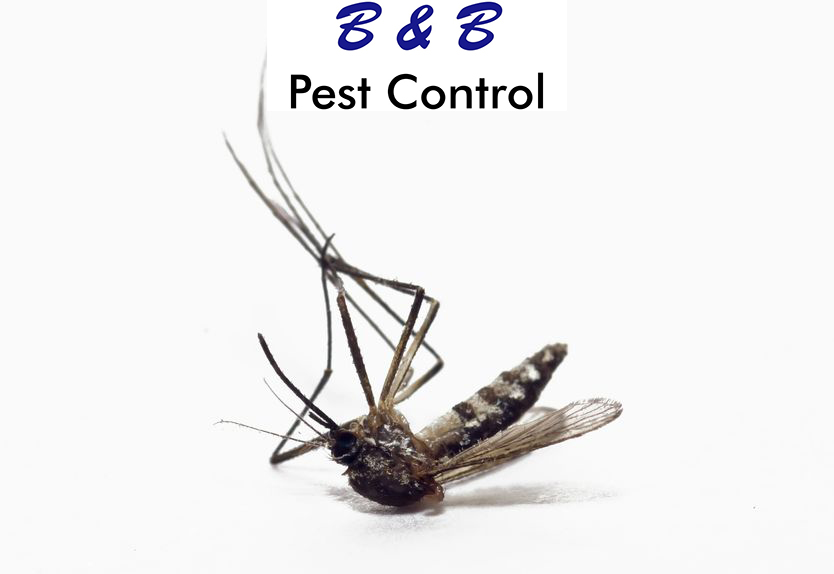Massachusetts is home to 52 different species of mosquito, including the species primarily responsible for spreading West Nile virus and Eastern Equine Encephalitis. With the rise in EEE cases in the last year, an indicator that another three year outbreak cycle of EEE has begun, it is more important than ever to be mindful of the mosquitoes lurking around, looking for a meal of fresh human blood. Knowing where these disease-spreading mosquitoes like to breed so you can avoid their presence and save yourself from becoming the next victim of one of these deadly diseases.
The particular mosquito species you are likely to encounter depends entirely on the surrounding habitat. Since each species has its own unique set of characteristics, the presence of any particular species is linked directly to the type of habitat or nearby wetland of an area. Each species sticks to breeding sites that are tailored to their specific needs and type of environment necessary for their survival. You won’t find the same species of mosquito living in a swamp than you would find living near temporary woodland pools. The kinds of habitats that produce different species of mosquitoes can include, river floodplains, cattail swamps, permanent swamps, woodland pools, and artificial or man made containers, which can be anything that can collect and hold stagnant water. Their choice of habitat also depends on the temperature and the season. Different mosquito species are present in early spring, late spring, early summer, and mid-summer. The time of day can also change what species of mosquito is currently present and active.
Unfortunately, the species of mosquito that spreads EEE are some of the most numerous, inhabit most suburban and rural areas in Massachusetts, and are very active during the evenings and nights. The most dangerous species tend to inhabit the areas near humans. Culex pipiens, which are the primary vectors of West Nile virus, as well as potential vectors of EEE, is a very common mosquito species that is active year round. They mostly feed on birds, which is how they pick up these diseases, which they then transmit to humans. This species breeds in any containers holding water and water that is polluted, meaning they inhabit the areas around humans homes, the ideal place to find containers of stagnant water such as bird baths, empty trash cans, and unused swimming pools. They are active at night, readily entering human homes and biting the inhabitants, but only when the humans are motionless in sleep and have no idea they are being assaulted by mosquitoes. So, of course, the most dangerous species lives around us year round, silently drinking our blood and giving us deadly diseases in the middle of the night while we don’t even know it’s happening. We might as well just walk around doused in bug spray at all times.
Have you ever woken up in the morning to find mosquito bites on your body?

